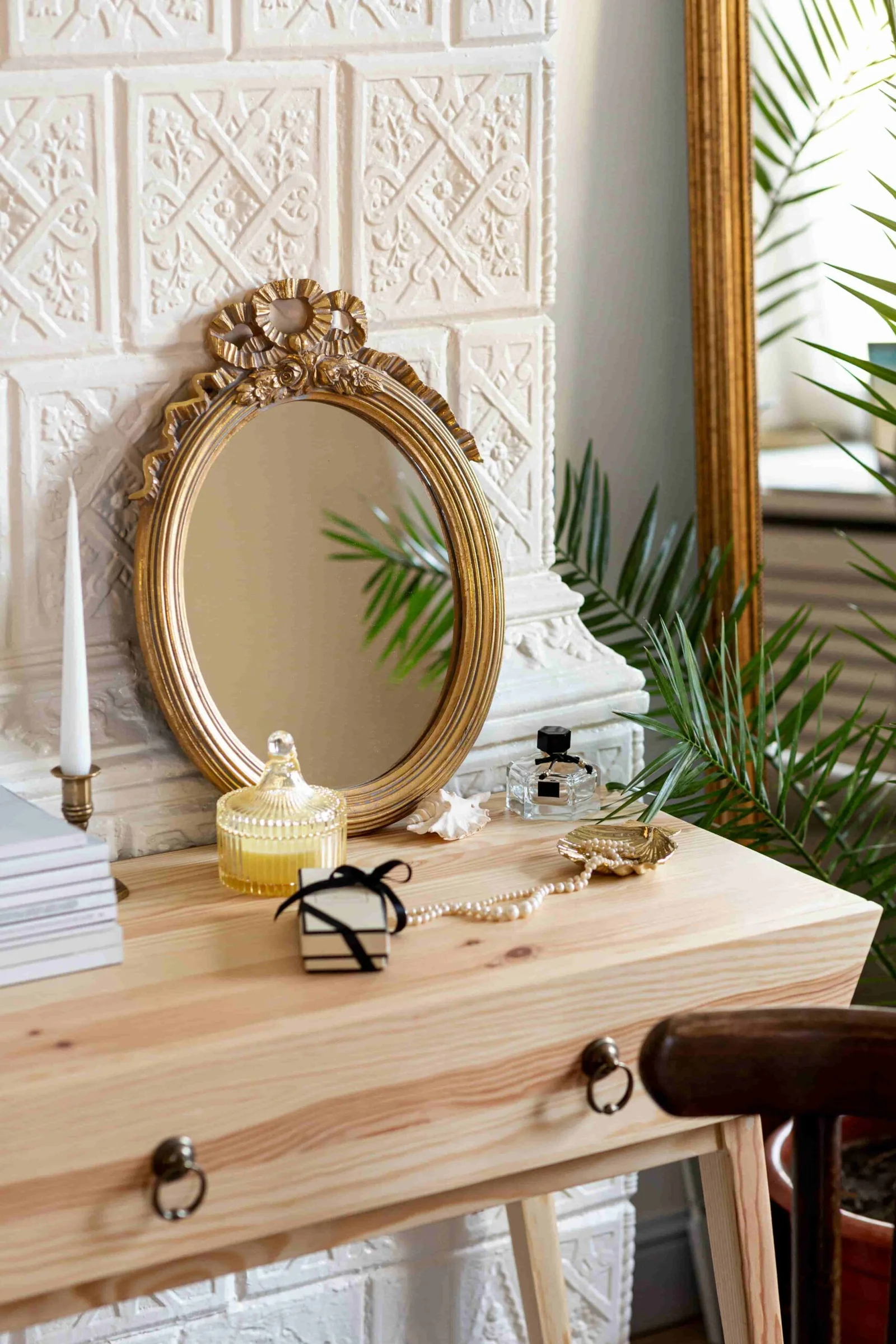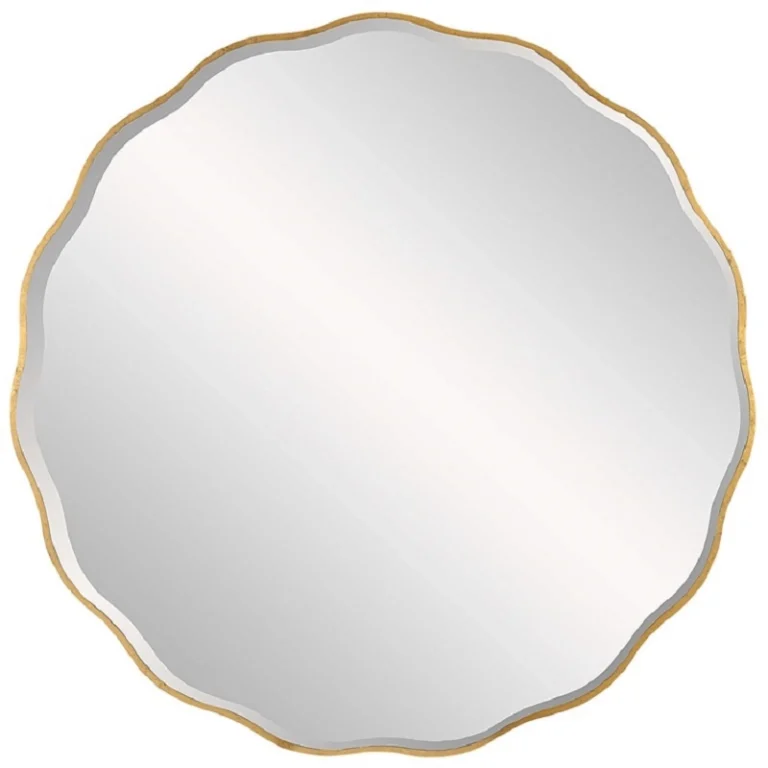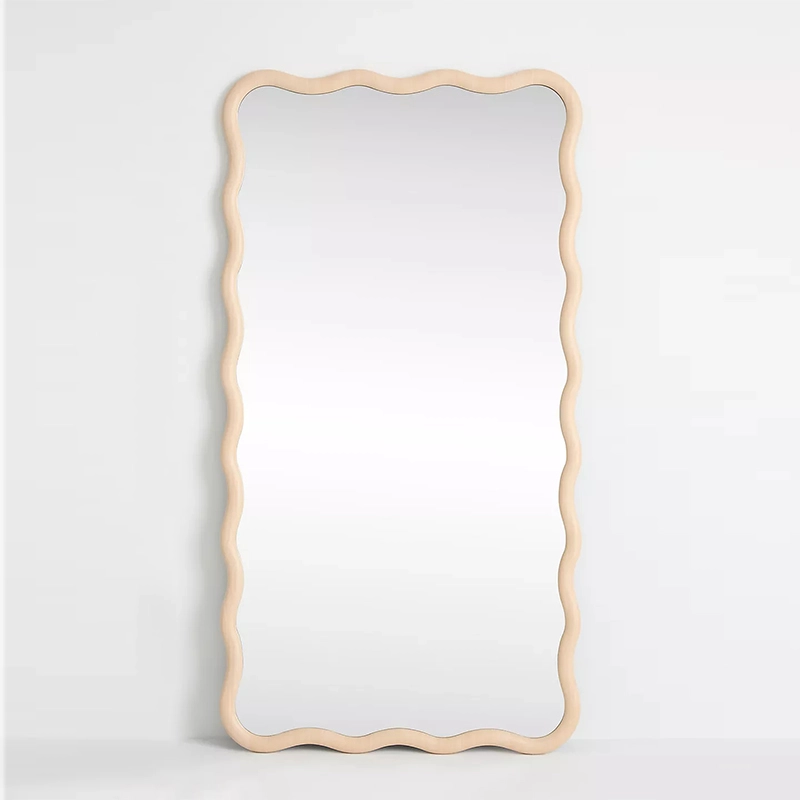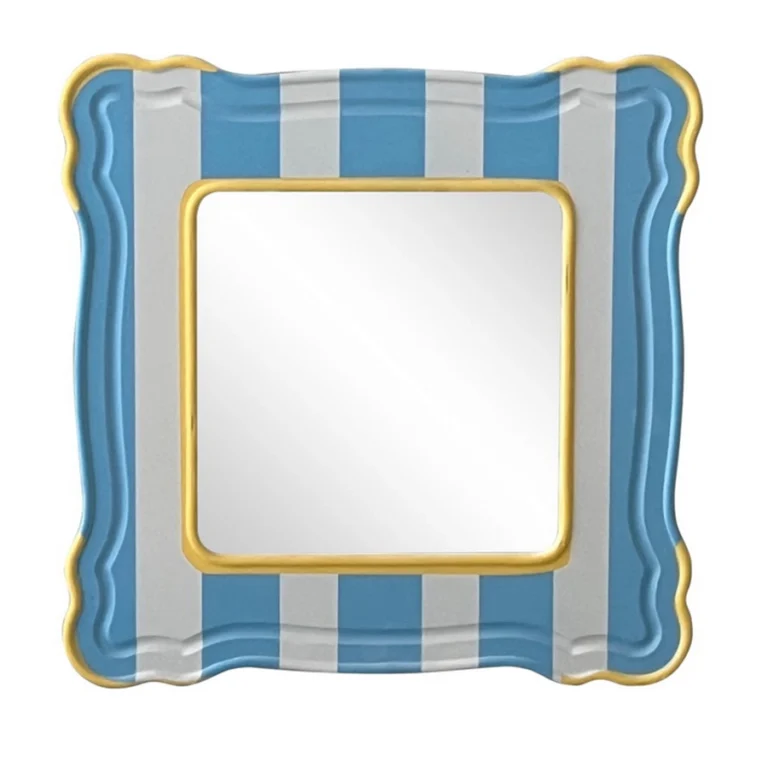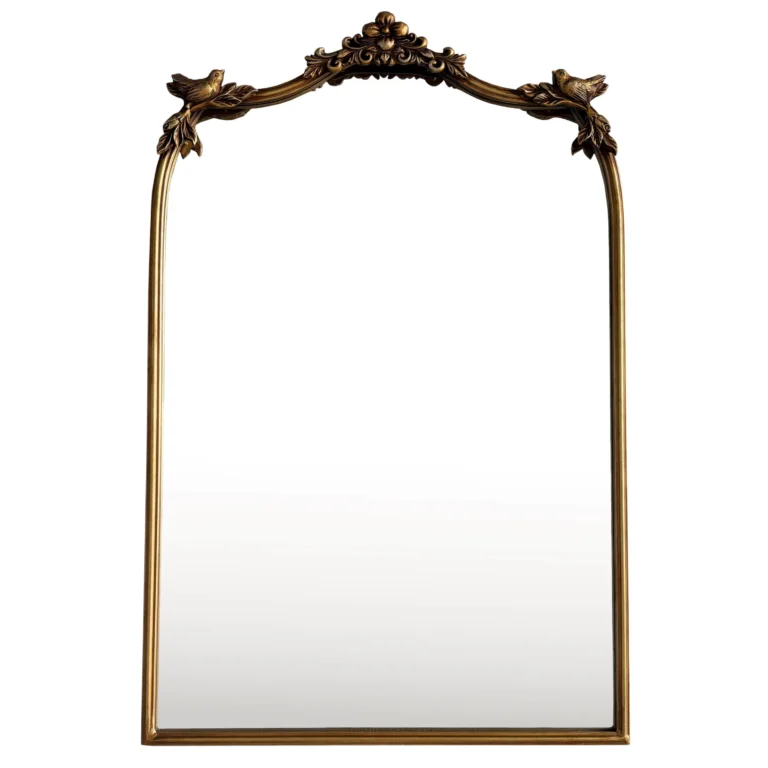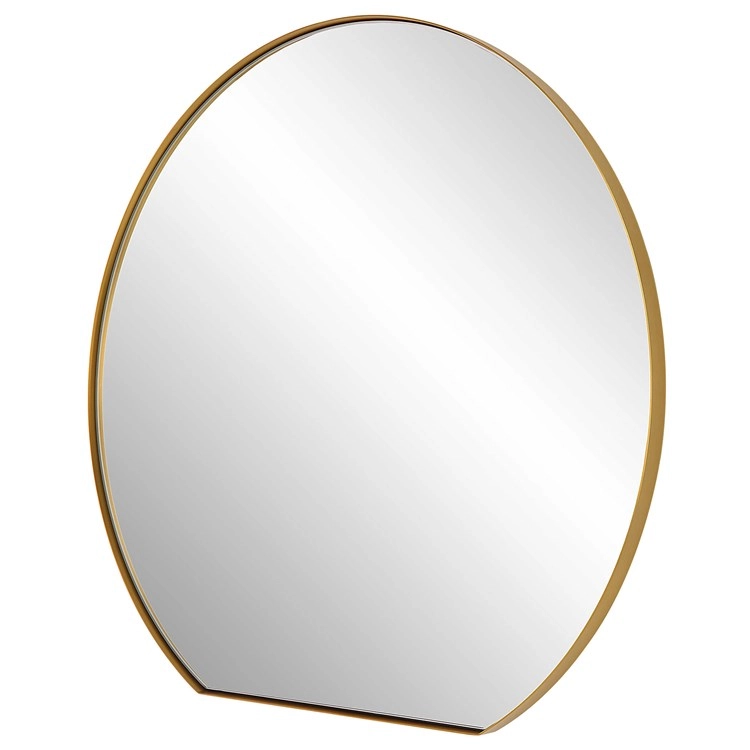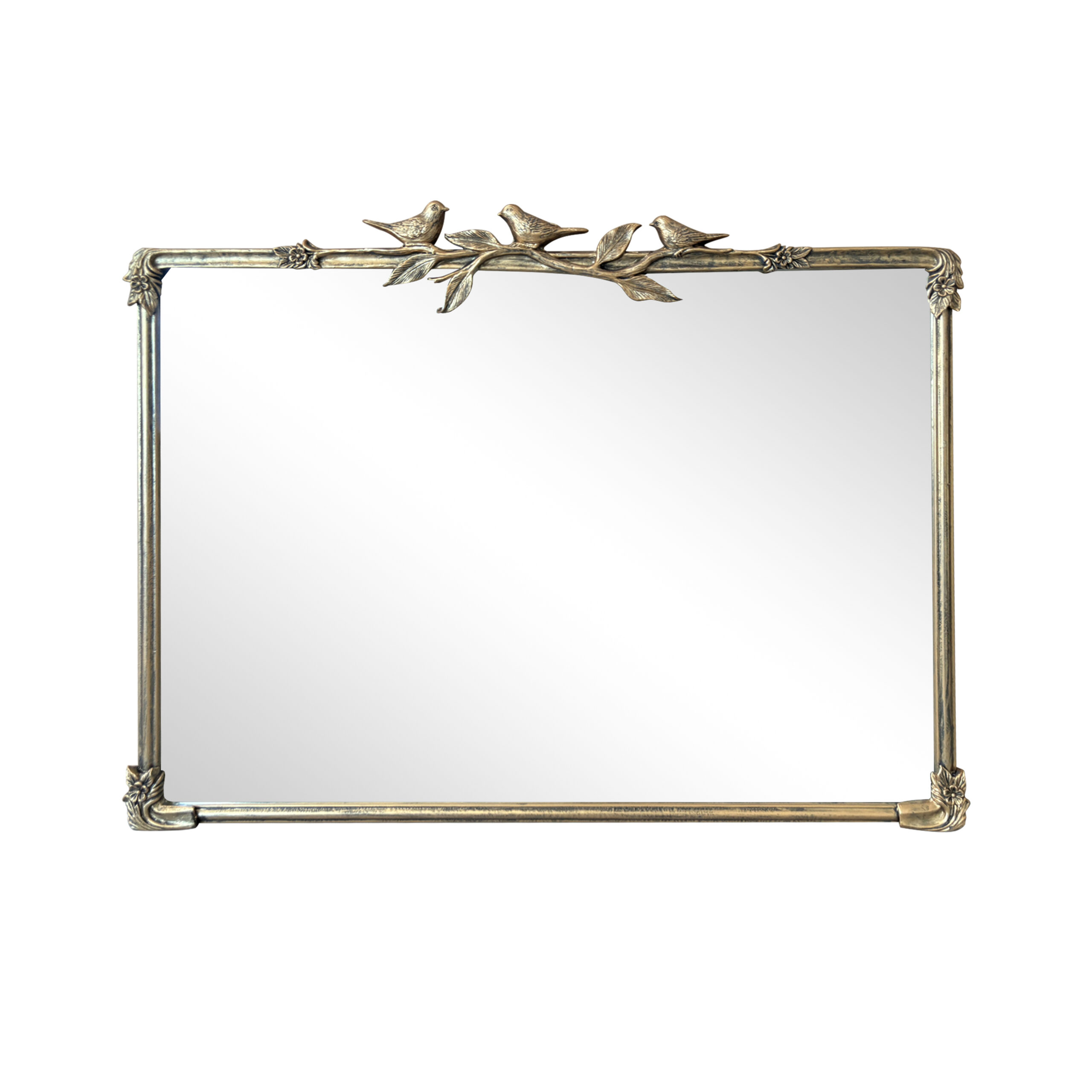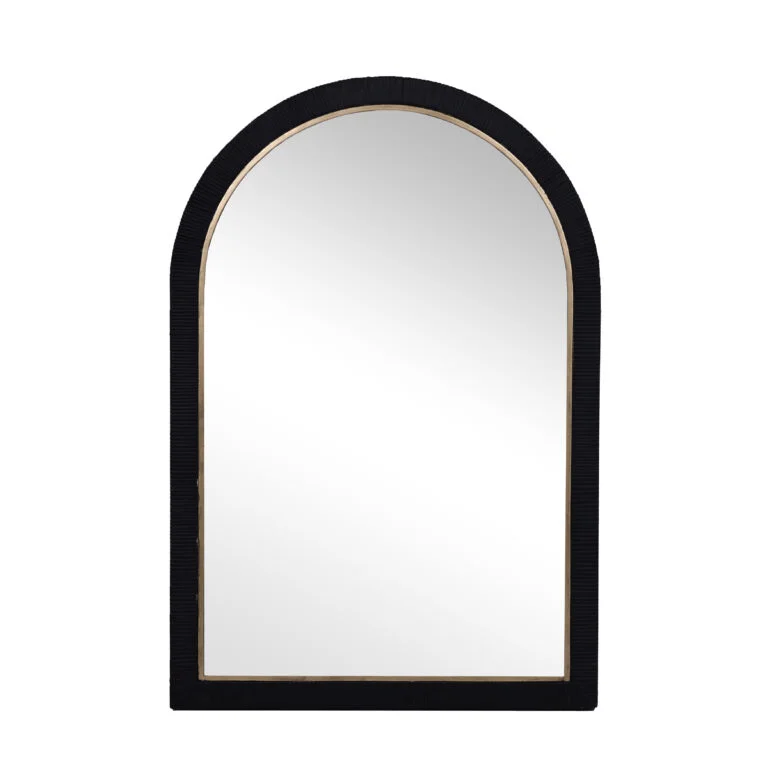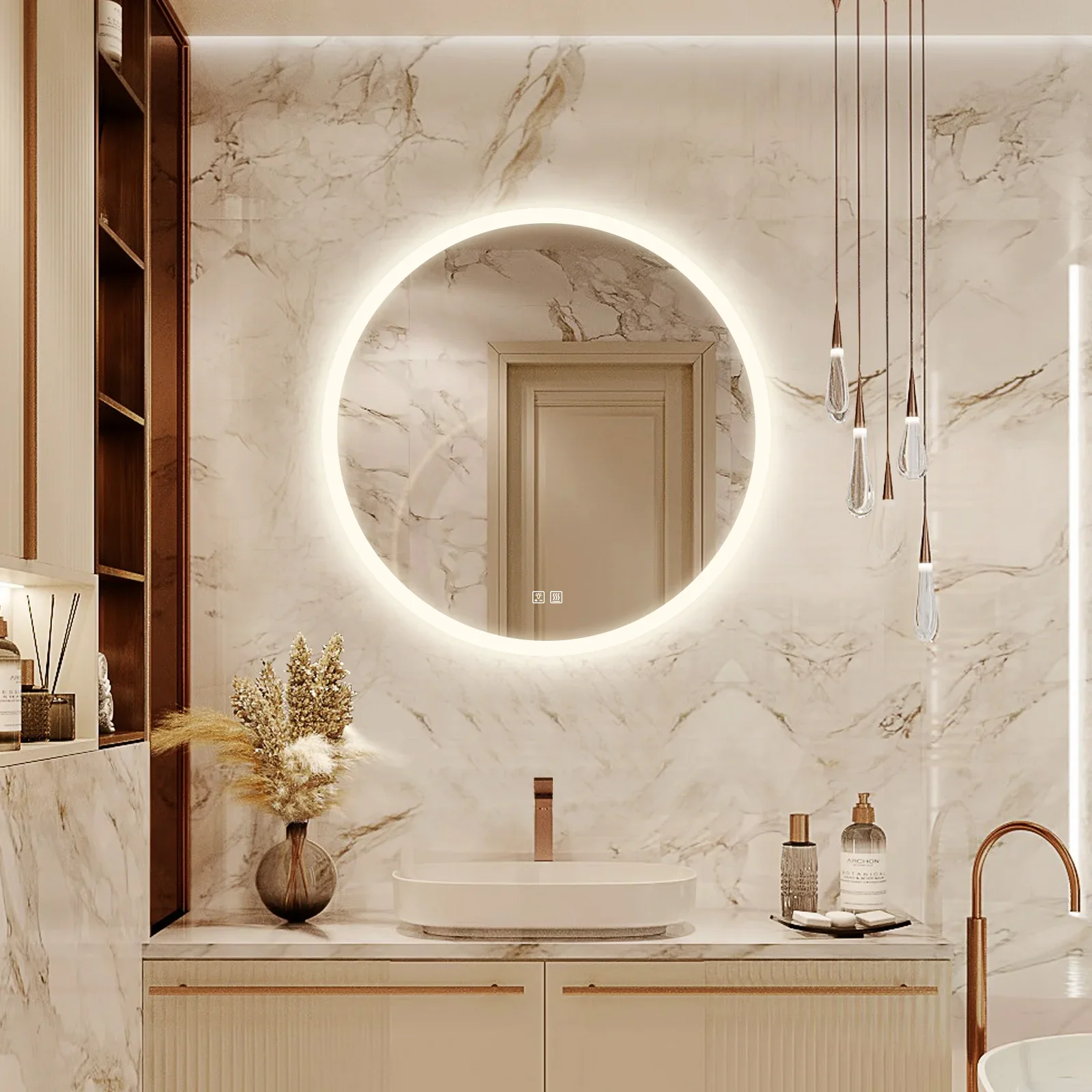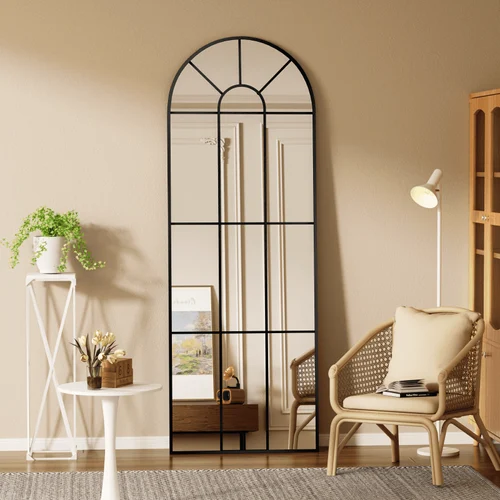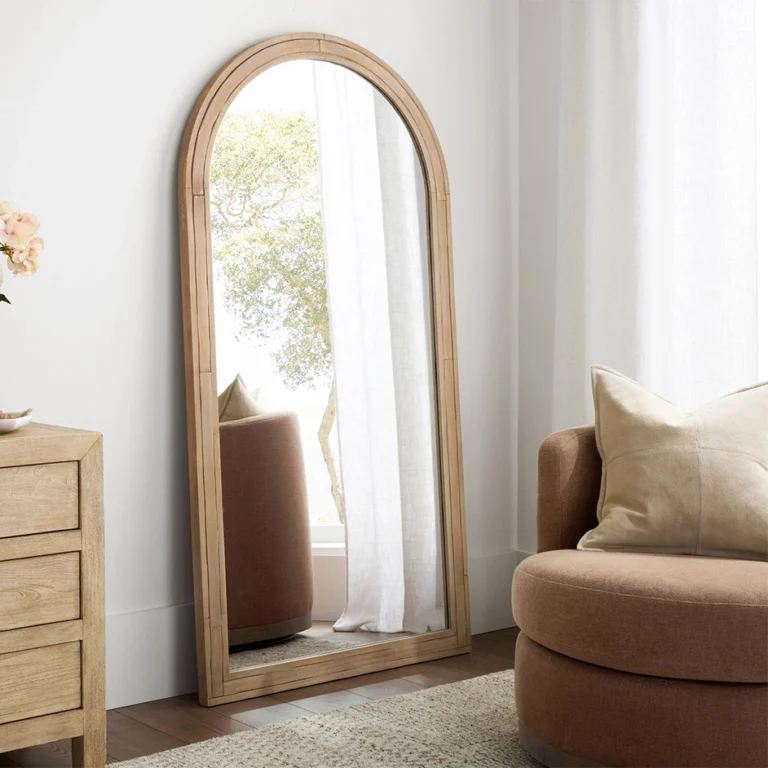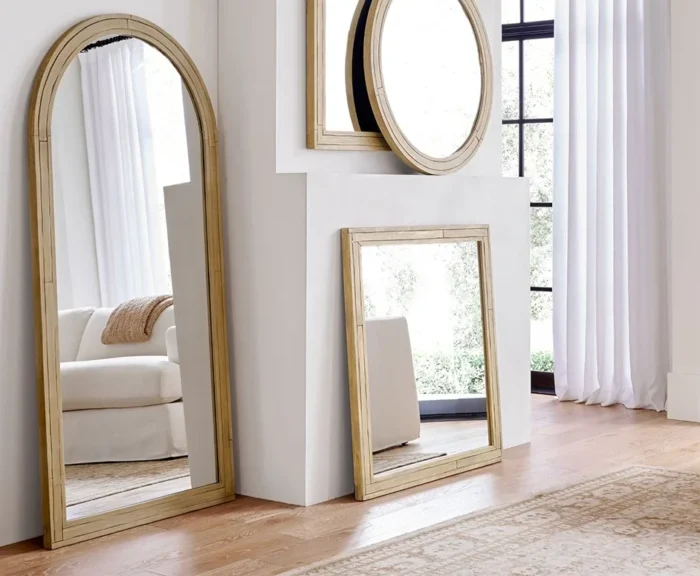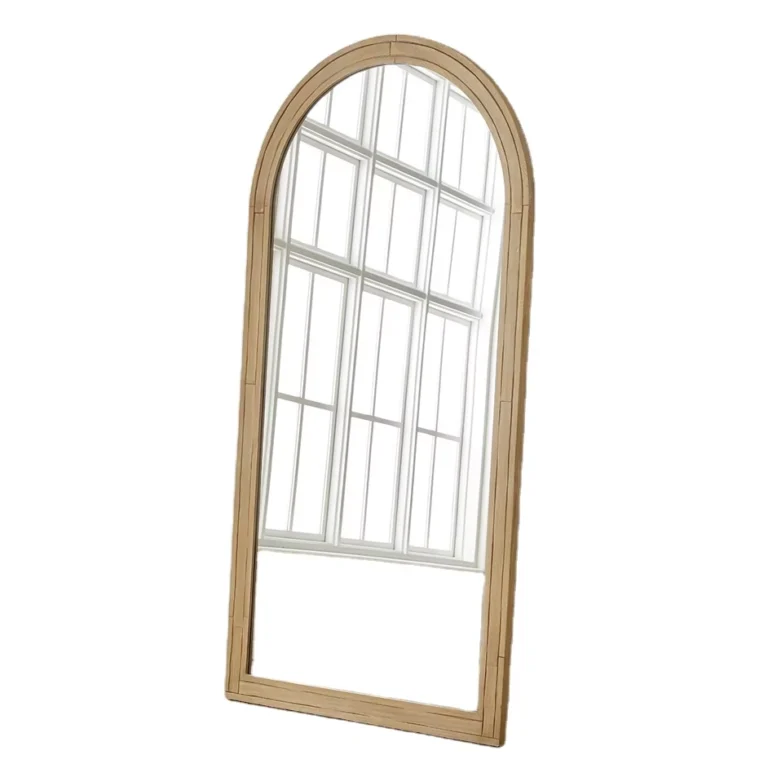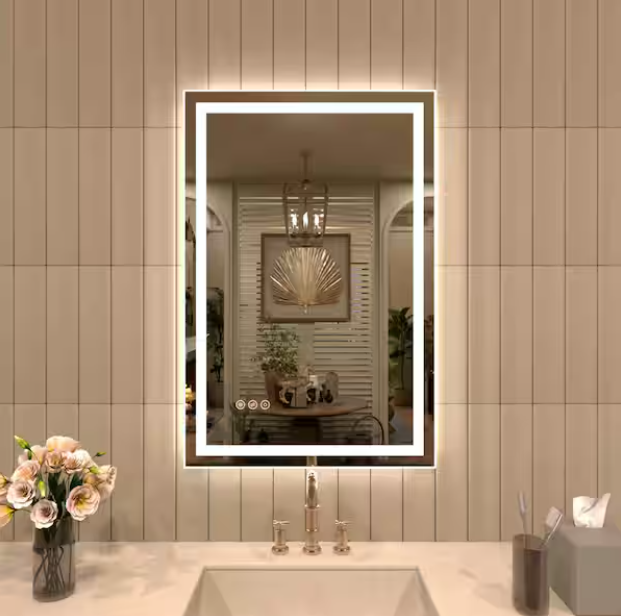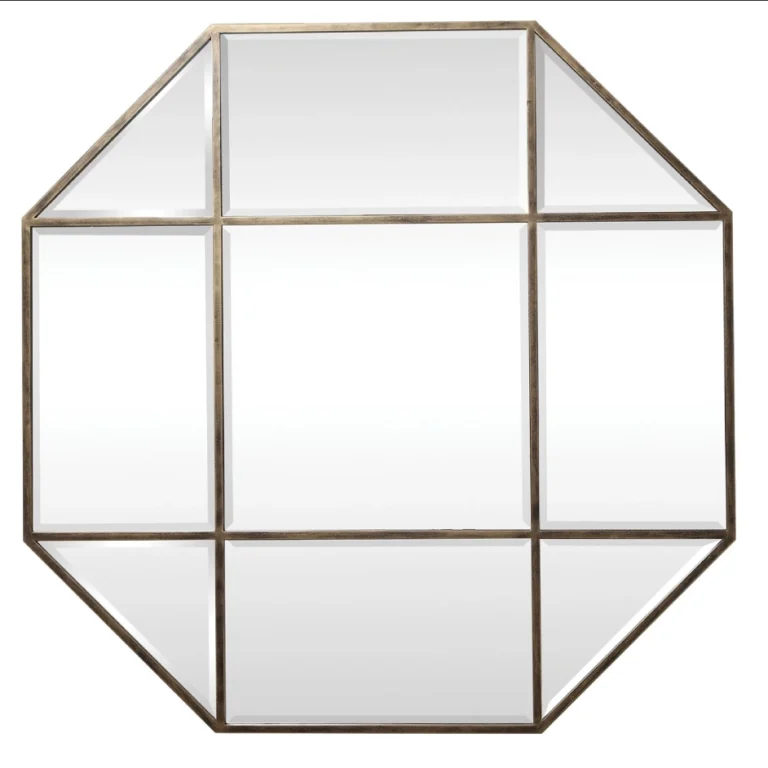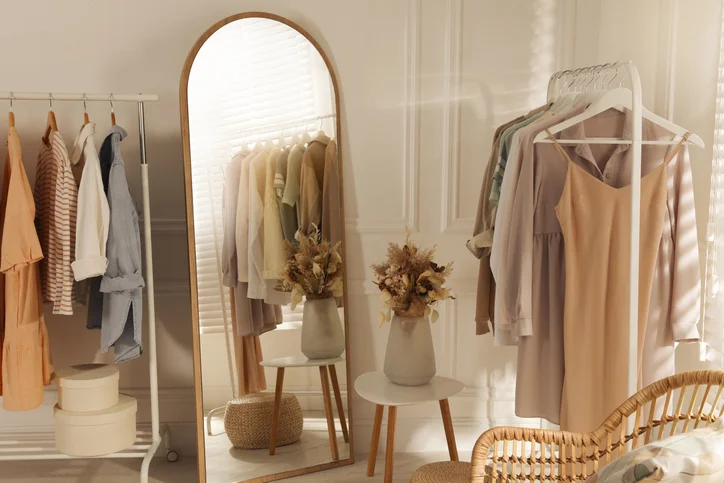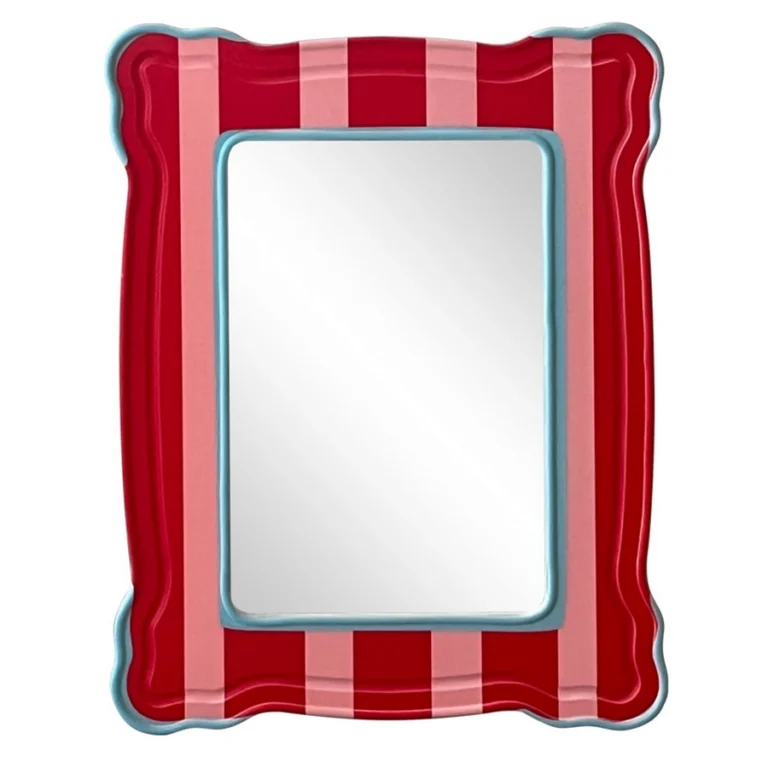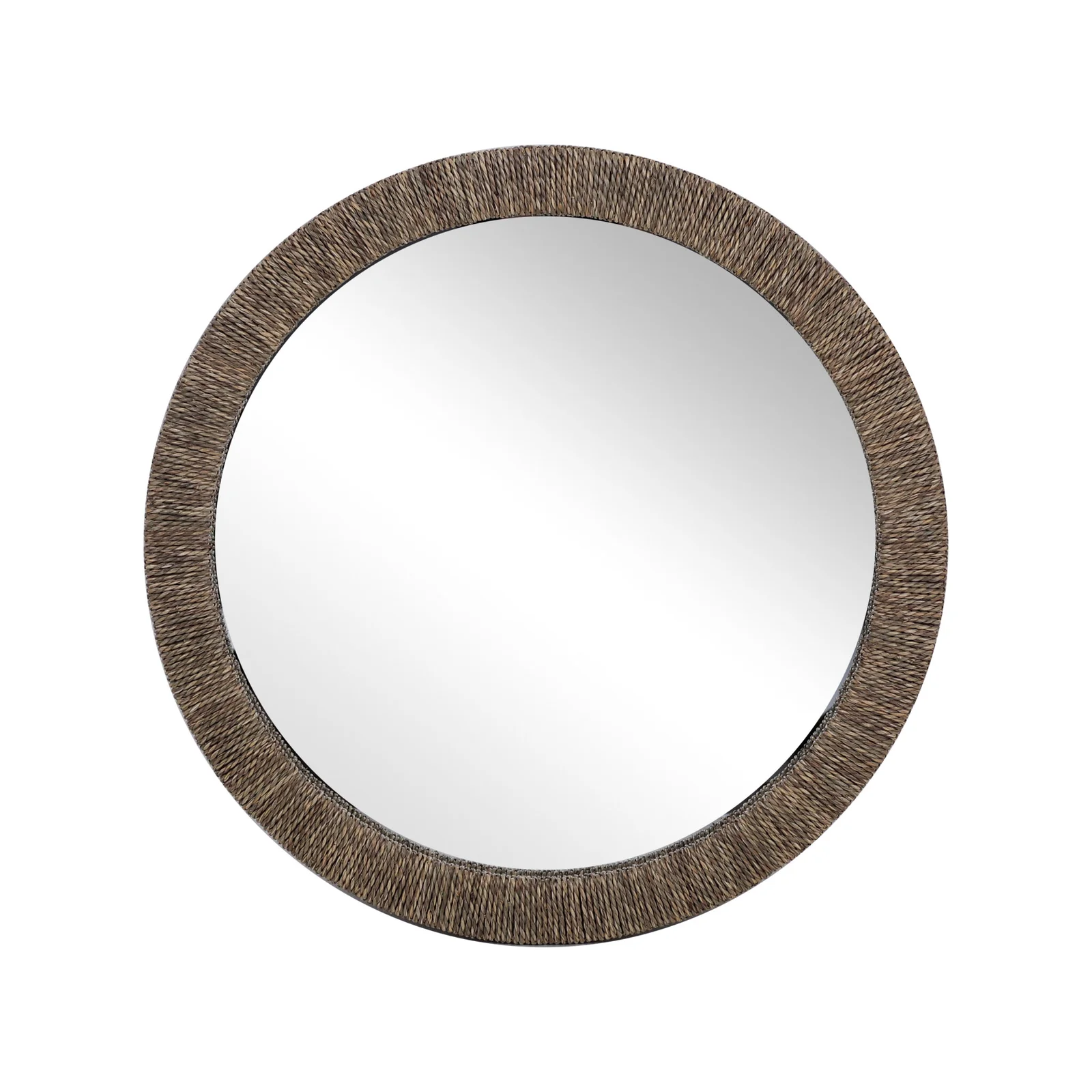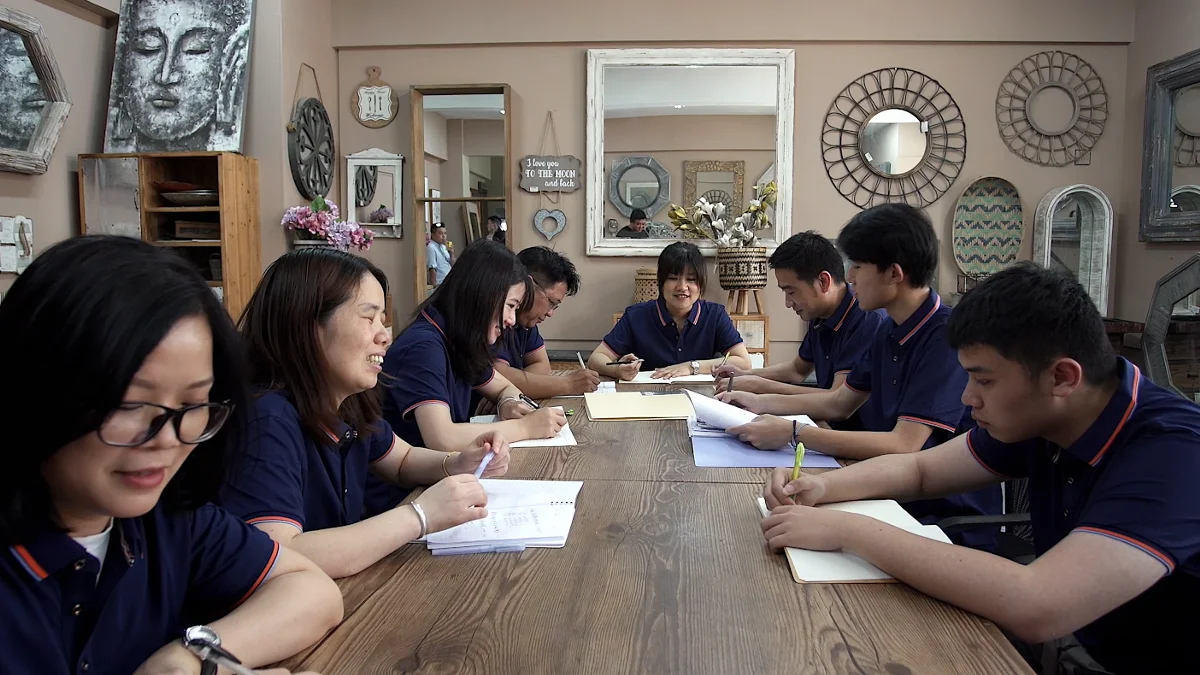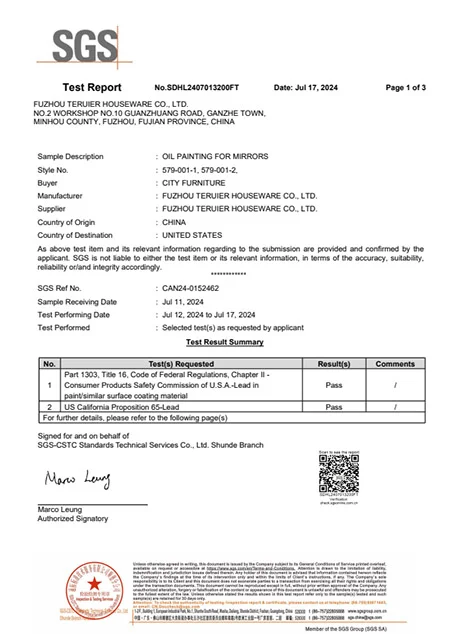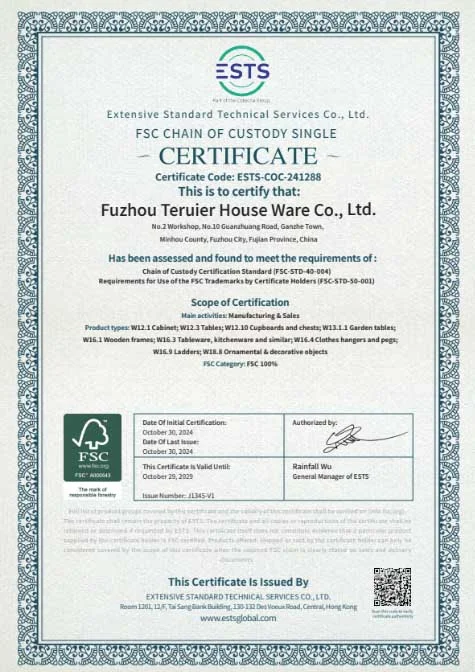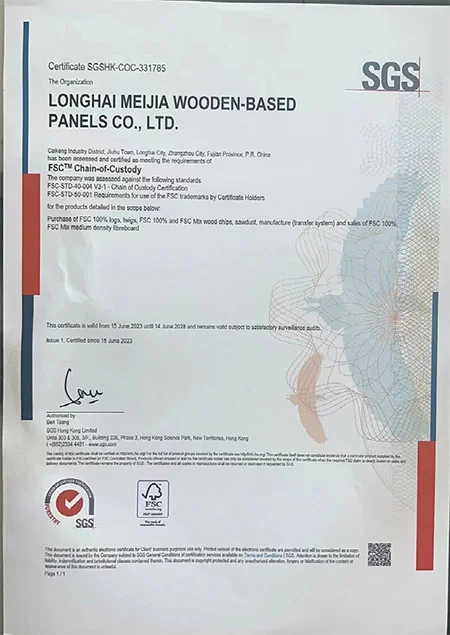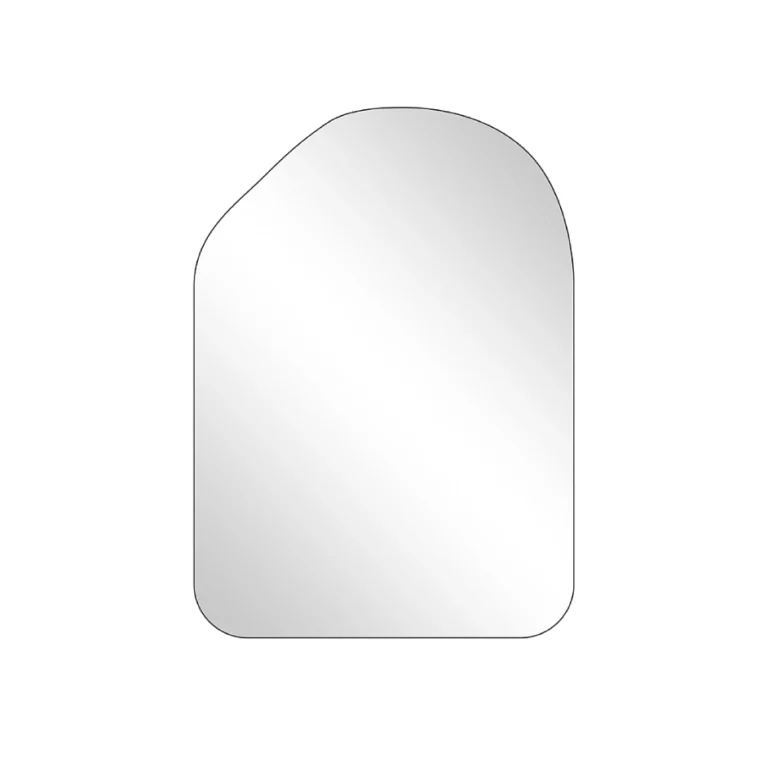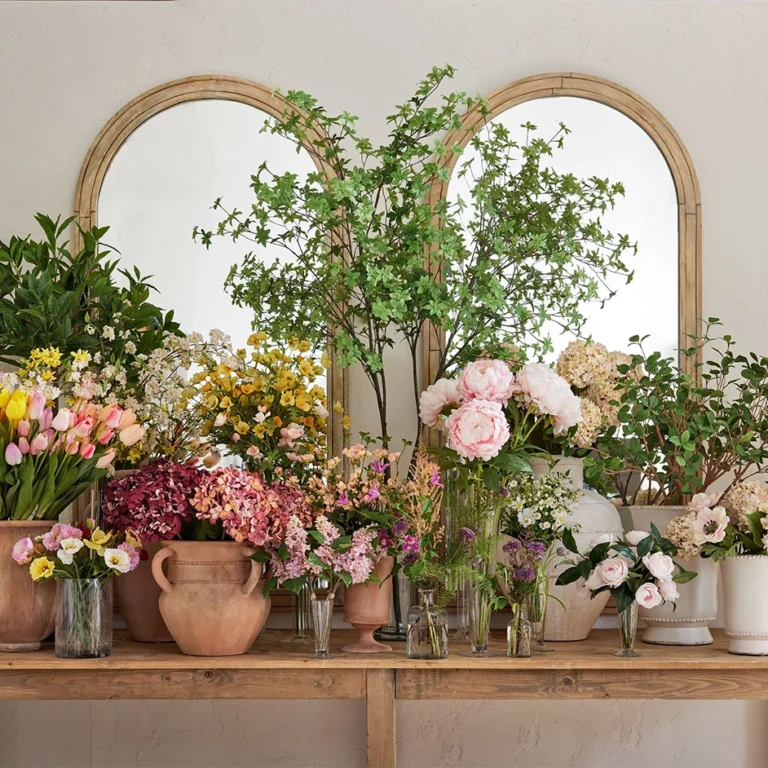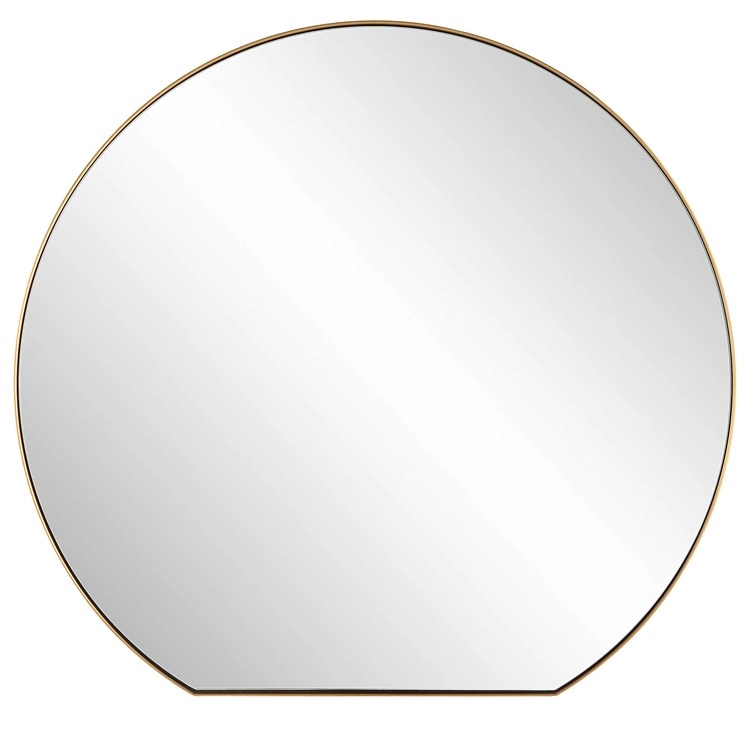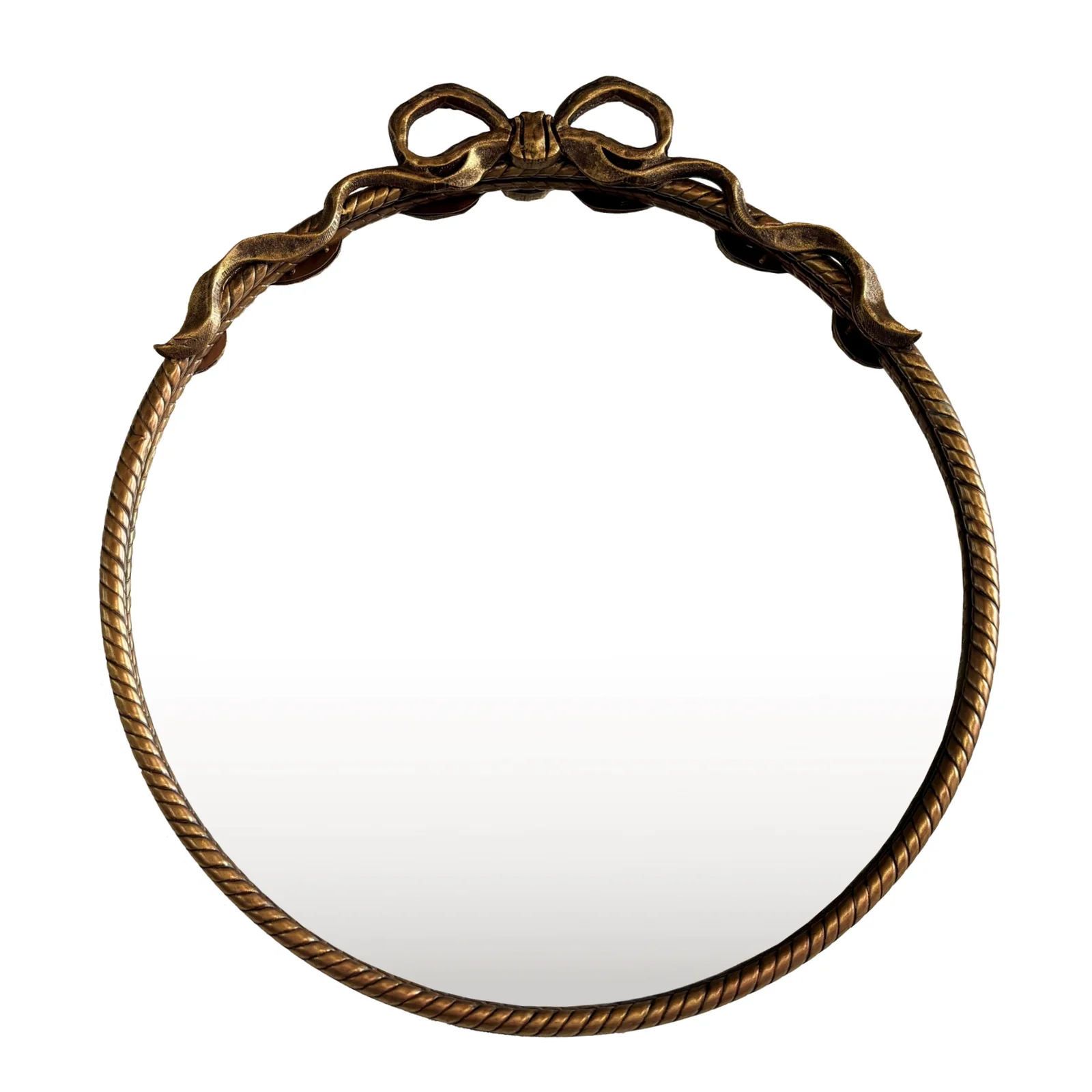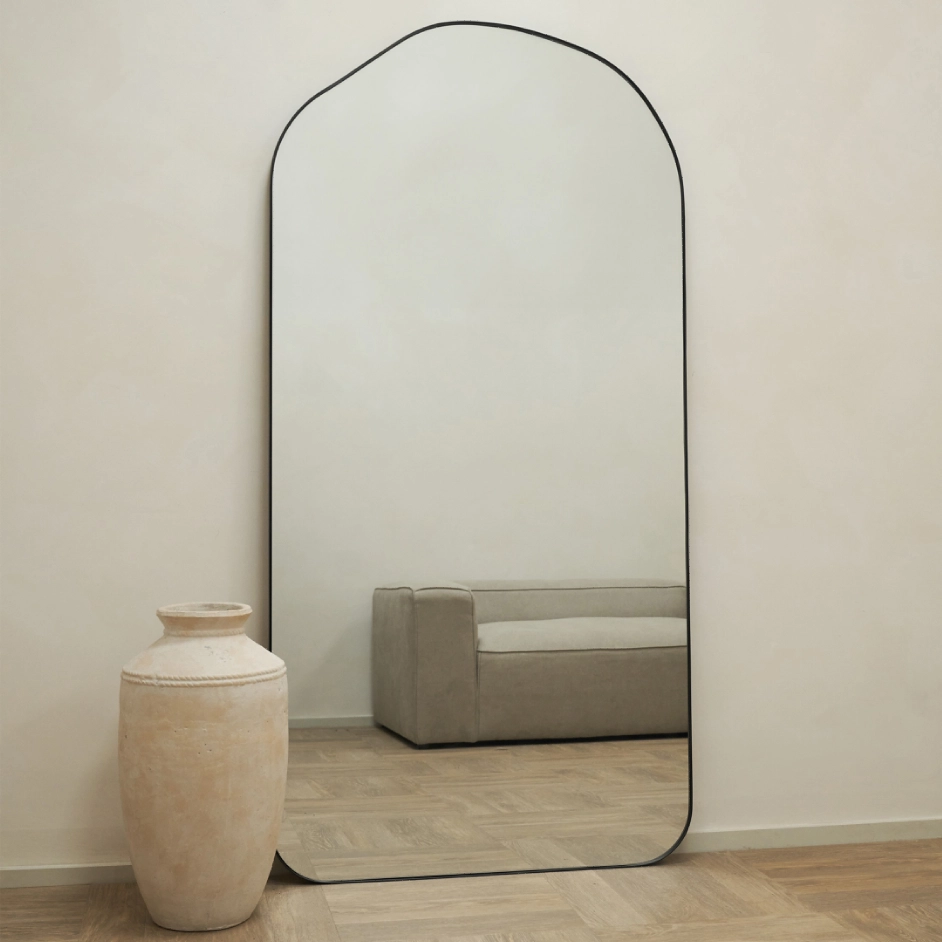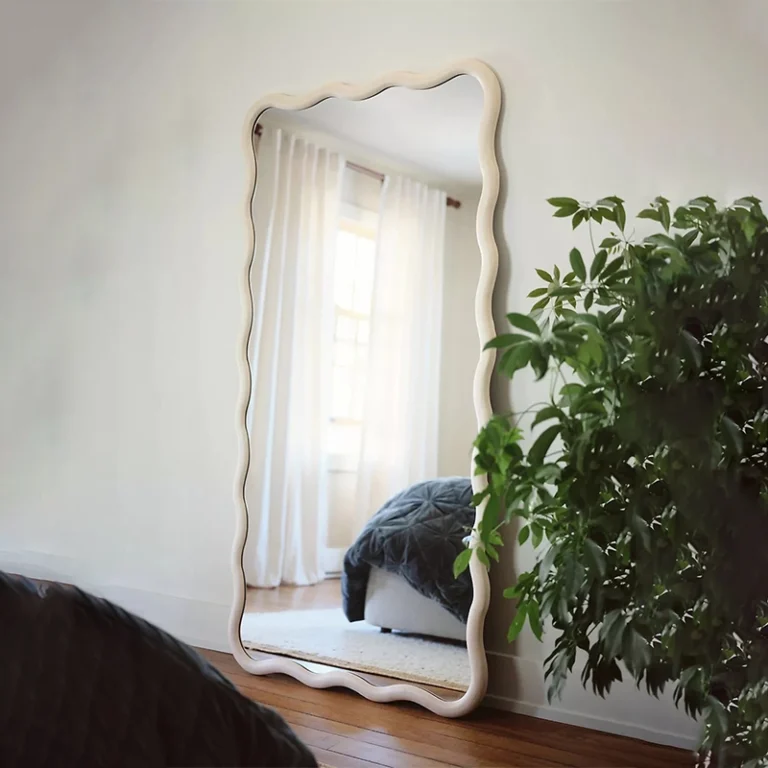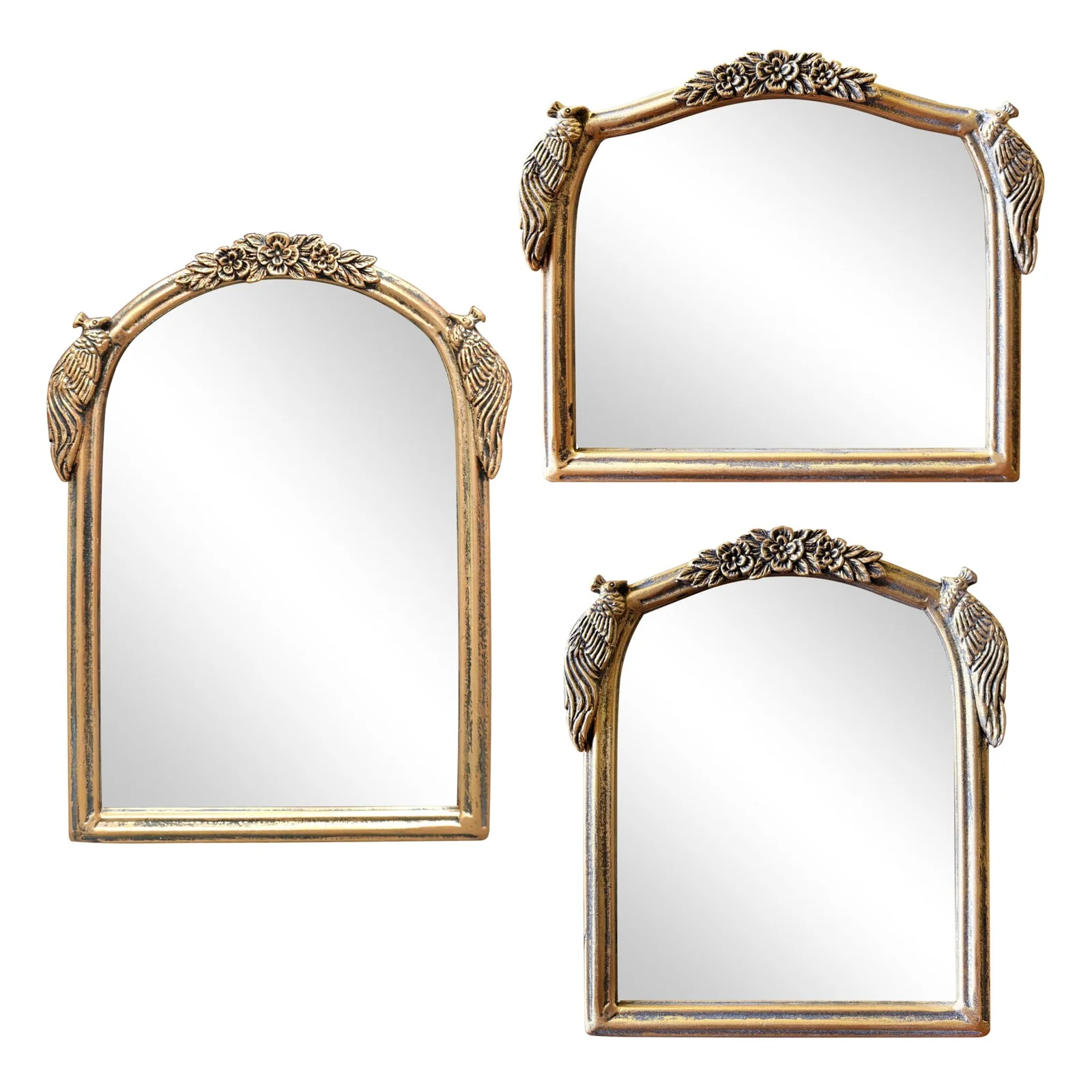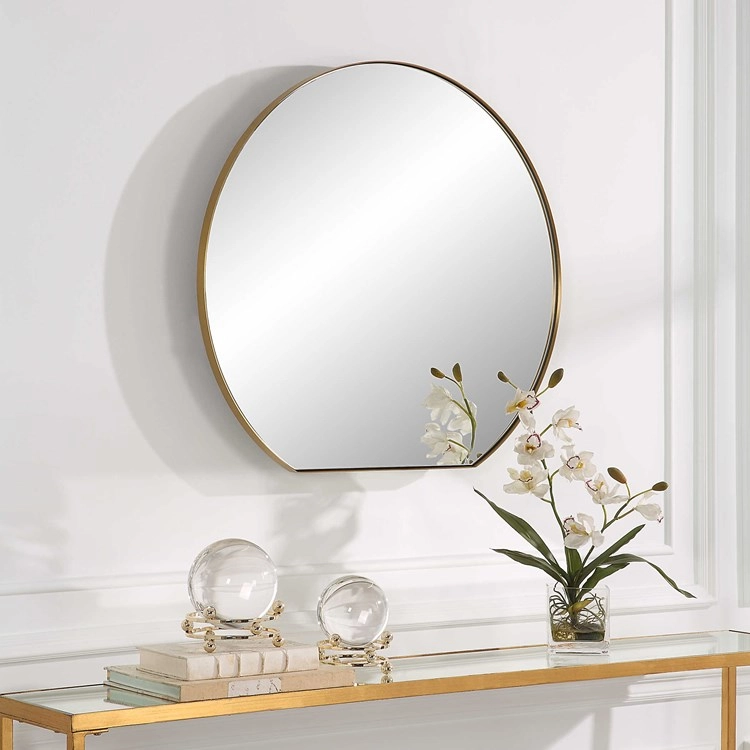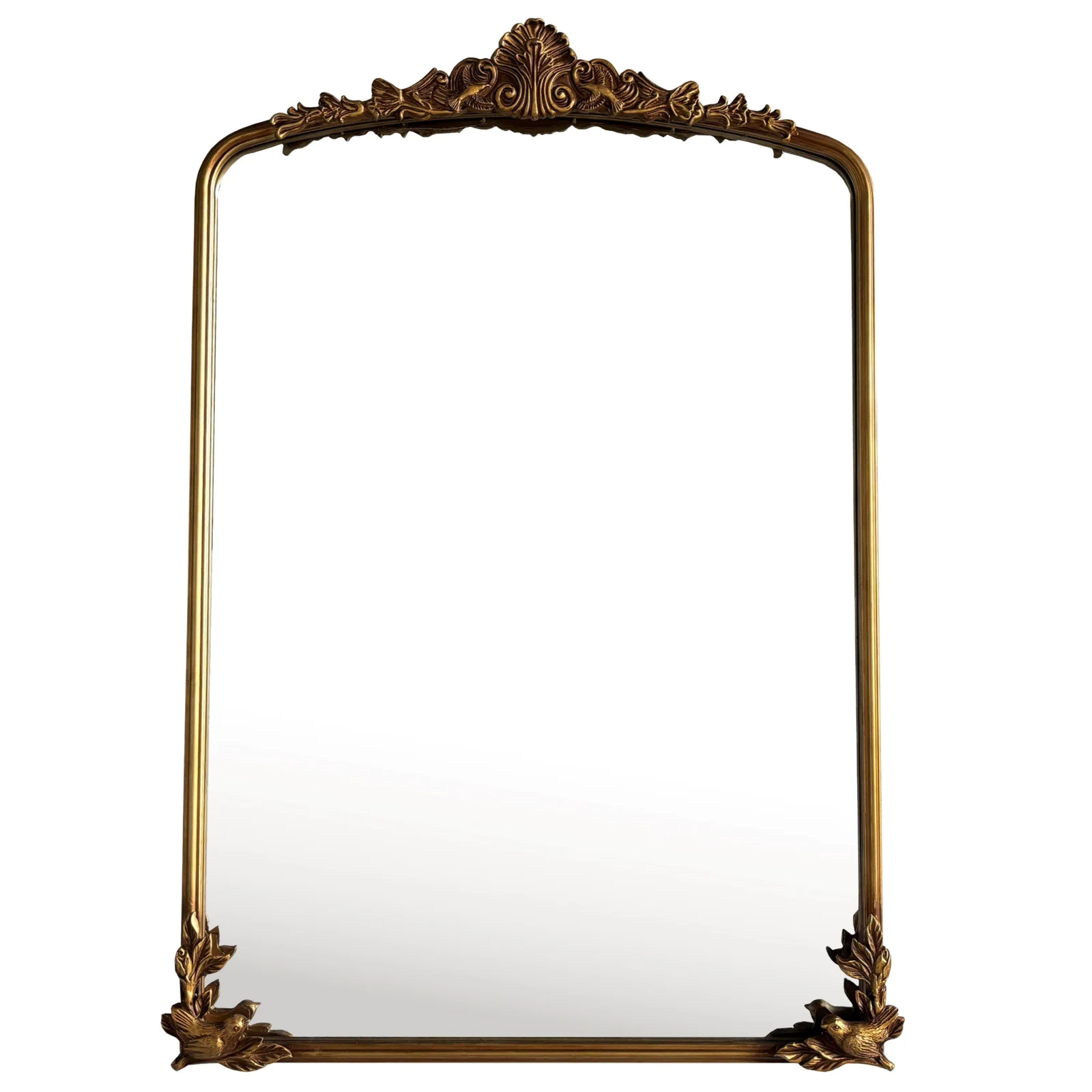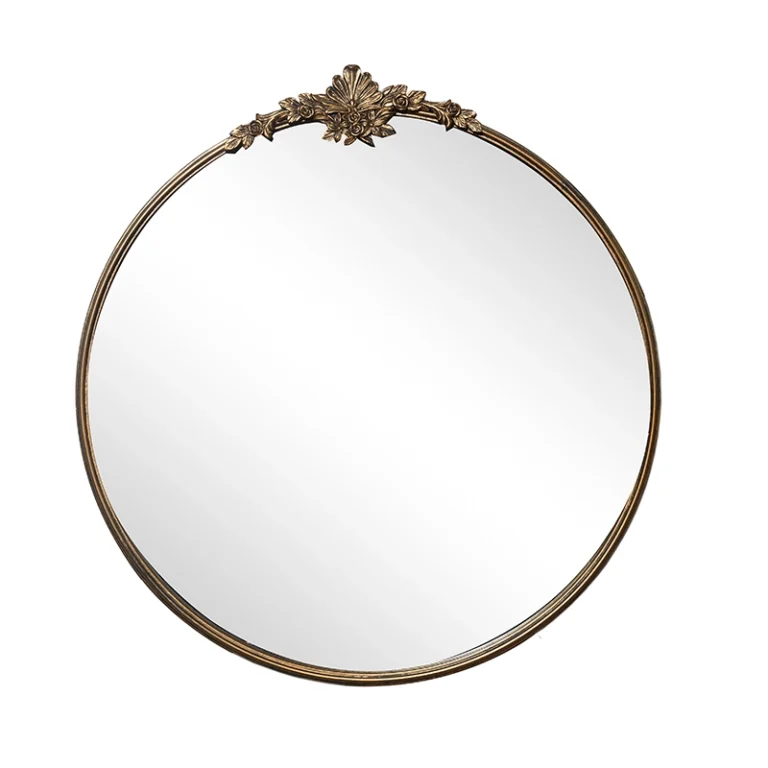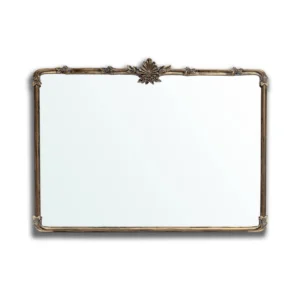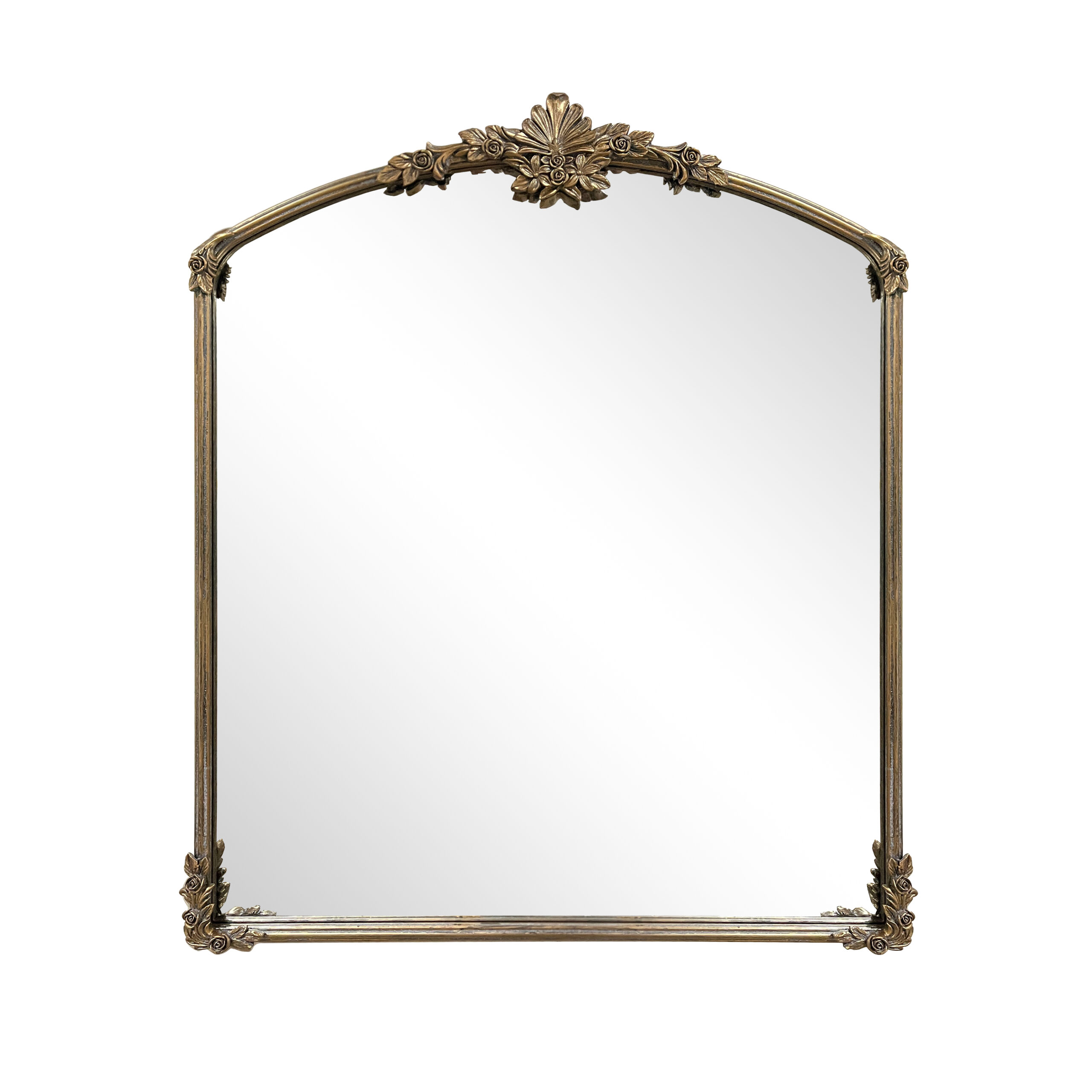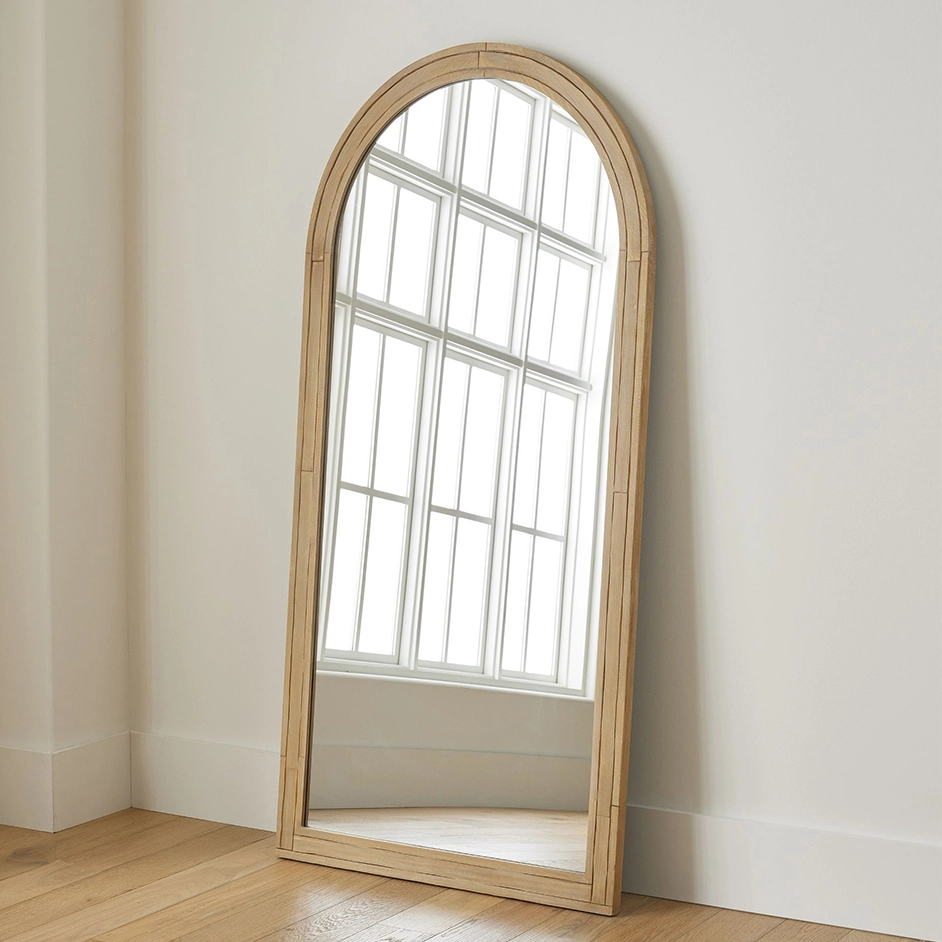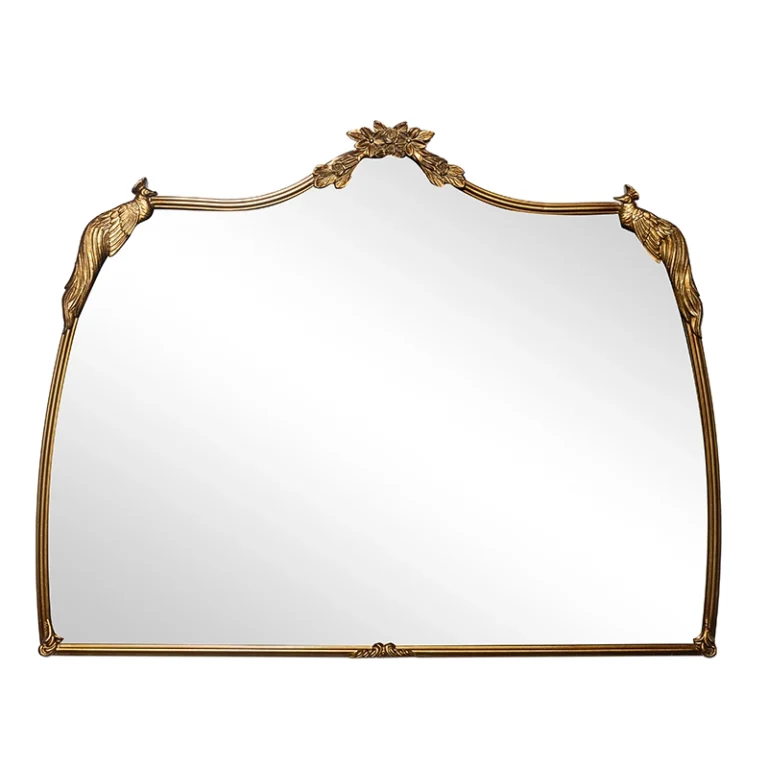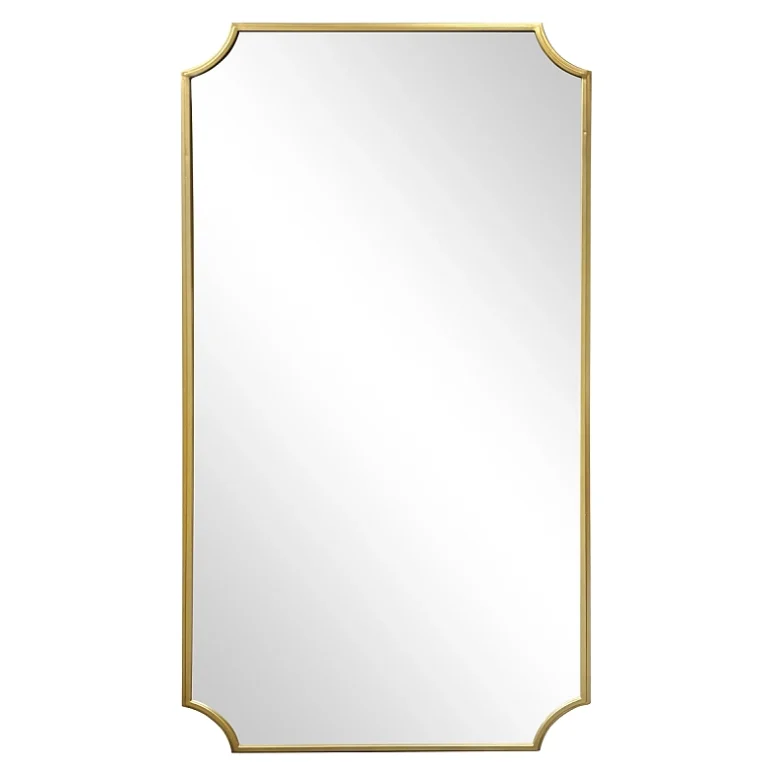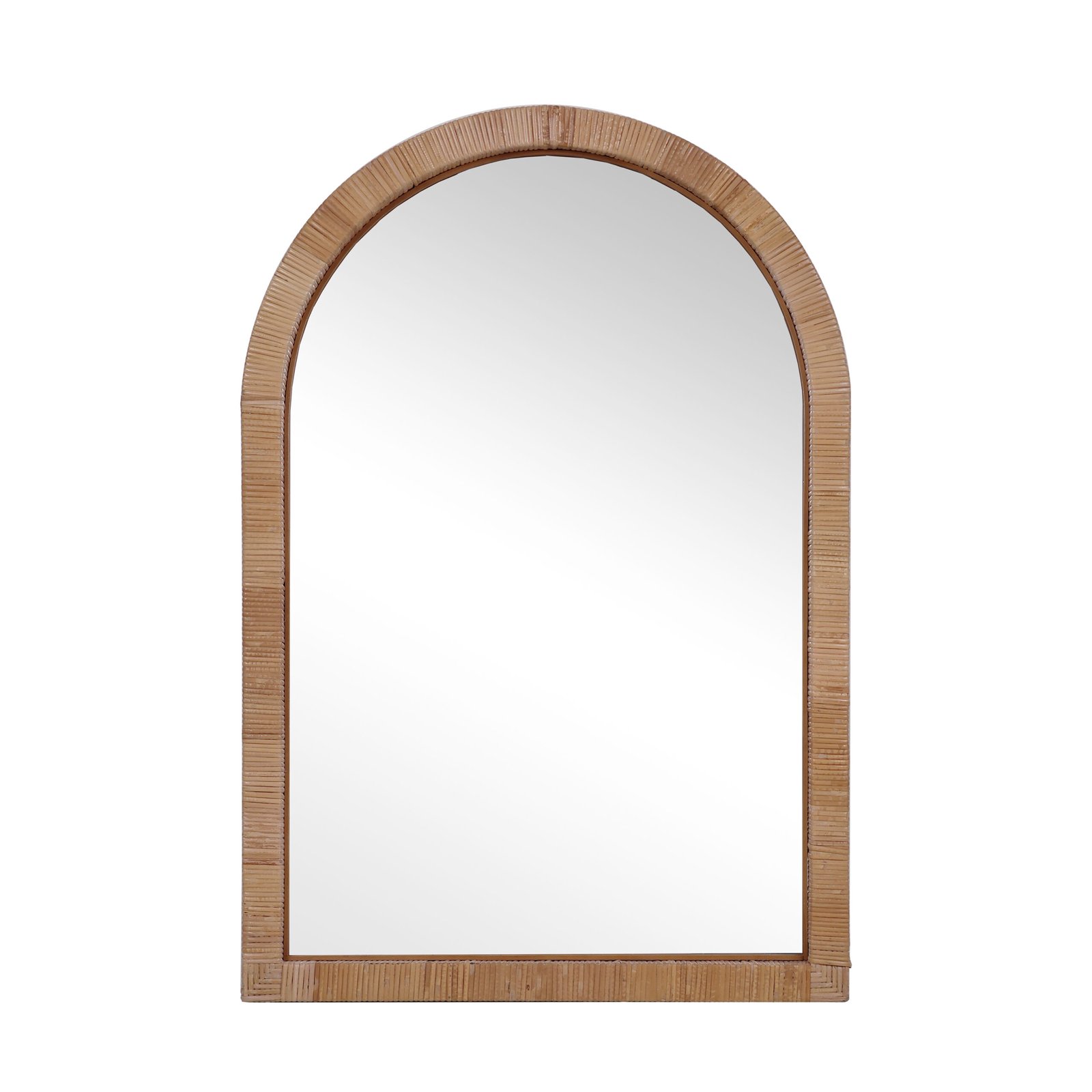Traditional Hammam bathroom mirror
Of course. The concept of a “Traditional Hammam bathroom mirror” is fascinating because it blends two distinct elements: the ancient, steamy, spiritual atmosphere of a hammam with the functional need for a mirror in a modern bathroom.
A true, historical Turkish or Moroccan hammam (public bath) typically would not have had a single large mirror as we know them today. The focus was on bathing, cleansing, socializing, and relaxation, not on one’s reflection. Light was provided by small, star-shaped openings in the domed ceiling (oculi) creating a dim, atmospheric glow.
Therefore, creating a “Traditional Hammam bathroom mirror” is an act of interpretation and fusion. It’s about capturing the essence and aesthetics of a hammam and applying it to a modern bathroom feature.
Here’s a breakdown of how to achieve that look, from the mirror itself to the surrounding environment.
1. The Mirror Itself: Materials and Style
Forget a simple, frameless, beveled-edge mirror. The key is to use materials that feel ancient, handcrafted, and organic.
-
Material: Antique or Dark Metal
-
Hammered Copper or Bronze: This is the quintessential choice. The metal should have a lived-in, patinaed look, not a shiny, new finish. The hammered texture catches the light in a soft, diffuse way, mimicking the dappled light of a hammam.
-
Wrought Iron: A dark, forged iron frame with intricate scrollwork or geometric patterns (common in Moroccan design) can create a stunning, heavy-looking frame.
-
Blacksmith-Made Steel: For a more rustic, less ornate look, a simple steel frame with visible forge marks would be perfect.
-
-
Shape and Frame
-
Ornate Framed Mirror: A large, single mirror with a substantial, wide frame (4-6 inches) made of the metals above.
-
Multi-Panel Mirror: Several smaller, round or arched mirrors (like “sunburst” designs) grouped together on a wall. This is a very common motif and avoids a single large, modern pane of glass.
-
Arched Top: An arch is a fundamental architectural element in Islamic and hammam design. An arched mirror immediately evokes the right feeling.
-
-
Finish: The finish should be matte, brushed, or oil-rubbed, not polished. The goal is a soft glow, not a sharp reflection.
2. The Lighting: Creating the Hammam Glow
Lighting is arguably more important than the mirror itself for setting the mood. Harsh, bright, modern LED bars will ruin the effect.
-
Sconces: Place hammered metal sconces with warm white (2700K-3000K), dimmable bulbs on either side of the mirror. The light should wash over the shoulders onto the reflection, not shine directly into the eyes.
-
Lanterns: Use authentic Moroccan lanterns (Moorish lanterns or pierced metal lanterns) with tea light candles or warm LED bulbs. The pierced holes will cast beautiful patterns on the walls and ceiling, recreating the star-like effect of a hammam’s oculus.
-
Dimmers: All lighting must be on a dimmer switch. The ability to lower the light is crucial for achieving a relaxing, steamy ambiance.
3. The Surrounding Environment: The Full Immersion
The mirror doesn’t exist in a vacuum. To feel authentic, it must be part of a cohesive design.
-
Walls:
-
Tadelakt: This is the traditional waterproof, lime-based plaster used in hammams. It has a soft, undulating, and incredibly tactile feel with a subtle wax sheen. This is the ultimate wall finish for a hammam bathroom.
-
Zellige Tile: Moroccan handmade terracotta tiles with glazed finishes. Use them in a neutral color (white, cream, beige, sage green) in a subway or mosaic pattern. The slight variations in color and texture are key.
-
Natural Stone: Travertine or limestone with a honed (not polished) finish.
-
-
Fixtures:
-
Faucets: Choose wall-mounted faucets in matte black, oil-rubbed bronze, or copper.
-
Vessels: A hammered copper or stone sink bowl (lavabo) enhances the theme immensely.
-
-
Accessories:
-
Hammam Set: A traditional kese (exfoliating glove), hamam bowl (often metal or copper for pouring water), and natural black soap.
-
Textiles: Plush, absorbent cotton towels in white or neutral tones. A simple hamam-style pestemal (thin, striped Turkish towel) can be hung.
-
Stool or Bench: A simple wooden or marble stool, like those used for bathing in a hammam.
-
Conceptual Mood Board: “The Steam-Kissed Reflection”
Imagine this scene:
A large, arched mirror with a wide, hammered copper frame hangs over a stone sink. The frame is dark with a faint green patina in its crevices. On either side, pierced metal lanterns emit a soft, warm glow, casting tiny star-shaped dots of light across the room. The walls are finished in smooth, cream-colored Tadelakt, appearing almost soft to the touch. The air feels humid and smells of eucalyptus and olive oil soap. The mirror itself is slightly fogged around the edges from an recent steam, reflecting the dim, golden light rather than a sharp, clear image. It feels private, ancient, and deeply relaxing.
In summary, a Traditional Hammam bathroom mirror is less about the mirror’s reflective quality and more about its frame, the lighting around it, and the materials that surround it. It’s designed to create a mood of serene, timeless relaxation, not for precise grooming under bright lights. It’s a beautiful way to bring a piece of ancient bathing ritual into the modern home.
Generally speaking, our order requirements are as follows: the minimum order quantity (MOQ) for large items is 50 pieces, for regular items it is 100 pieces, for small items it is 500 pieces, and for very small items (such as ceramic decorations) the MOQ is 1,000 pieces. Orders exceeding $100,000 will receive a 5% discount. The delivery timeline is determined based on the specific order quantity and production schedule. Typically, we are able to complete delivery within two months.
